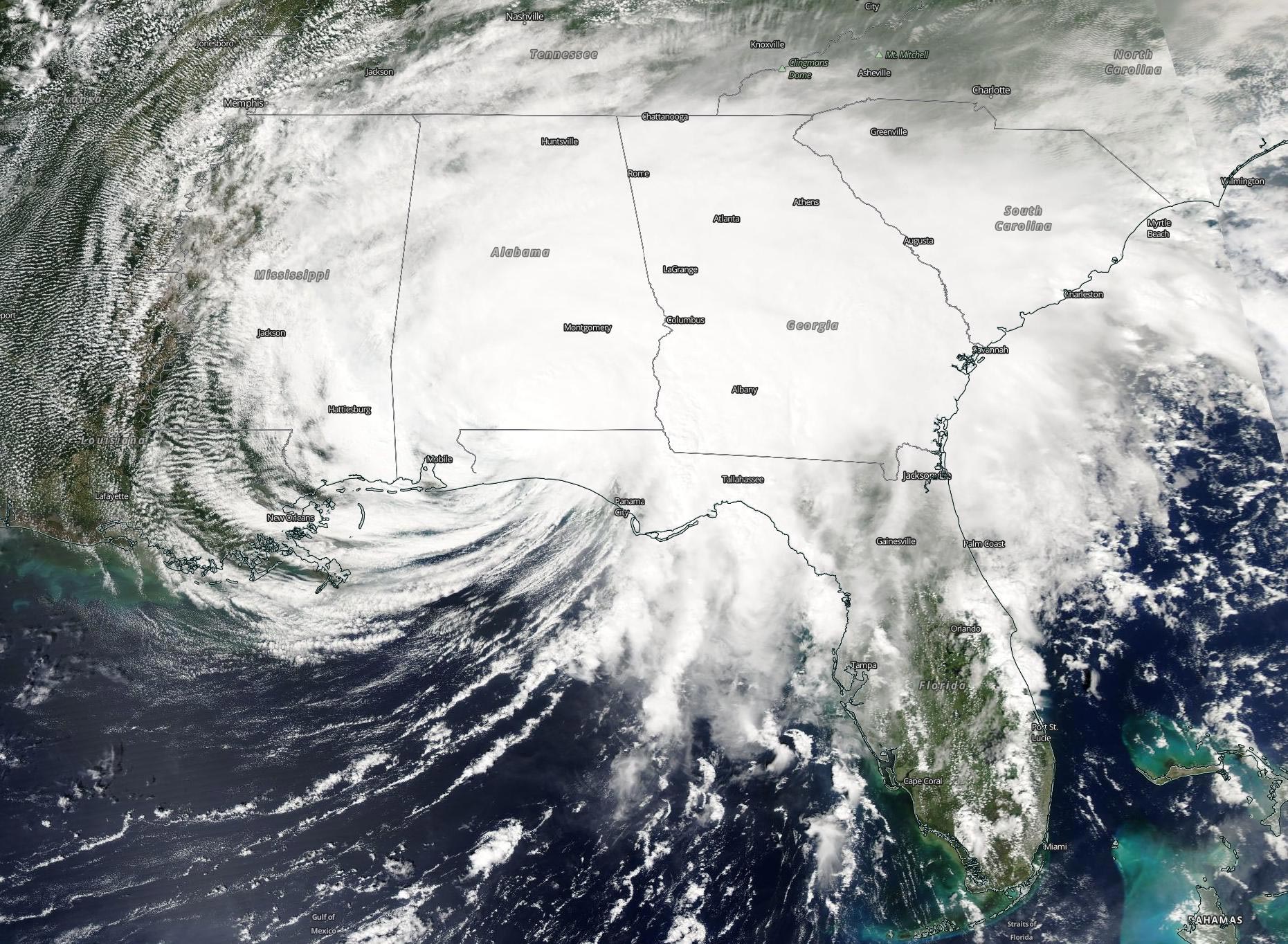

A hurricane warning is in effect from Morgan City, La., (west of New Orleans) to the Mississippi-Alabama border. "Life-threatening flash flooding is possible and widespread minor to isolated major flooding on area rivers is likely along and just inland of the Central Gulf Coast," the National Hurricane Center said.Ī storm surge warning is in effect from Port Fourchon, La., to the Alabama-Florida border, including several lakes and Mobile Bay. Heightening that risk, the storm is expected to continue to move slowly, increasing the impact of its rainfall. The massive amount of water Sally brings will pose a perilous threat from its storm surge and heavy rainfall. 2020 please stop! Storms everywhere 👀 /iqSnIudIYs- Eric Blake 🌀 September 14, 2020

The storm's center is now moving north-northwest away from the island, but dangers persist from strong winds and heavy rain that are still to come. local time, the entire island was inside the storm's eyewall. Hurricane Paulette made landfall on Bermuda early Monday, bringing sustained winds of at least 90 mph with higher gusts, the hurricane center said. The newest is Tropical Storm Vicky, which developed late Monday morning. Sally is one of five named storms the agency is tracking – tying a record from September 1971 for the most tropical cyclones at one time, according to senior hurricane specialist Eric Blake of the hurricane center. koyZzDzf9k- NWS New Orleans September 14, 2020 This would suggest #Sally is trying to strengthen we shall see what Recon finds. The latest explosion of storms close to the center has produced an impressive image of gravity waves emanating in all directions. 🛰 With the sun coming out we can now get a visible image of #Sally. The storm is adding to major flooding already happening across western and central Florida, the agency said. Sally's effects are already being felt in Florida, where it was expected to create flash floods across the peninsula Monday, the hurricane center said. The predicted track has shifted consistently eastward in the past 24 hours, bringing a measure of relief to people in southwestern Louisiana, which is still recovering from Hurricane Laura in late August.

Current projections show Sally coming ashore east of Gulfport, Miss. "Additional strengthening is forecast during the next day or so," the center said.įorecasters said conditions are too unstable to predict exactly where the storm will arrive. The National Oceanic and Atmospheric Administration and Air Force Reserve Hurricane Hunter aircraft confirmed that Sally had strengthened into a hurricane, the National Hurricane Center announced at noon ET. This satellite view also shows smoke from massive wildfires in the U.S. Gulf Coast, while Hurricane Paulette moves away from Bermuda out in the Atlantic Ocean. It would need to develop winds of at least 111 mph to become a Category 3 storm - a major hurricane. Its maximum sustained winds were measured at 100 mph. "These rainfall totals are dangerous."Īs of Monday night, Sally was about 100 miles east of the mouth of the Mississippi RiverBiloxi, creeping west-northwest at 5 mph. "Slow movement means more rain," National Hurricane Center Director Ken Graham said in an online briefing. The storm will also bring a huge amount of rain - from 8 to 16 inches, with up to 24 inches in isolated areas of the central Gulf Coast and the western Florida Panhandle. The surge could be as high as 11 feet in some areas. Its forward speed will slow even further as it heads northwest and finally north toward landfall. Some coastal areas in Louisiana, Mississippi, Florida and Alabama are already seeing floods from the slow-moving storm, with Sally meandering over the north-central Gulf of Mexico. Hurricane Sally will likely make landfall on Tuesday or Tuesday night with sustained winds of at least 110 mph, making it a strong and dangerous Category 2 storm, the National Hurricane Center said. Hurricane Sally is forecast to make landfall on the Gulf Coast on Tuesday, possibly in the area east of Gulfport, Miss.


 0 kommentar(er)
0 kommentar(er)
